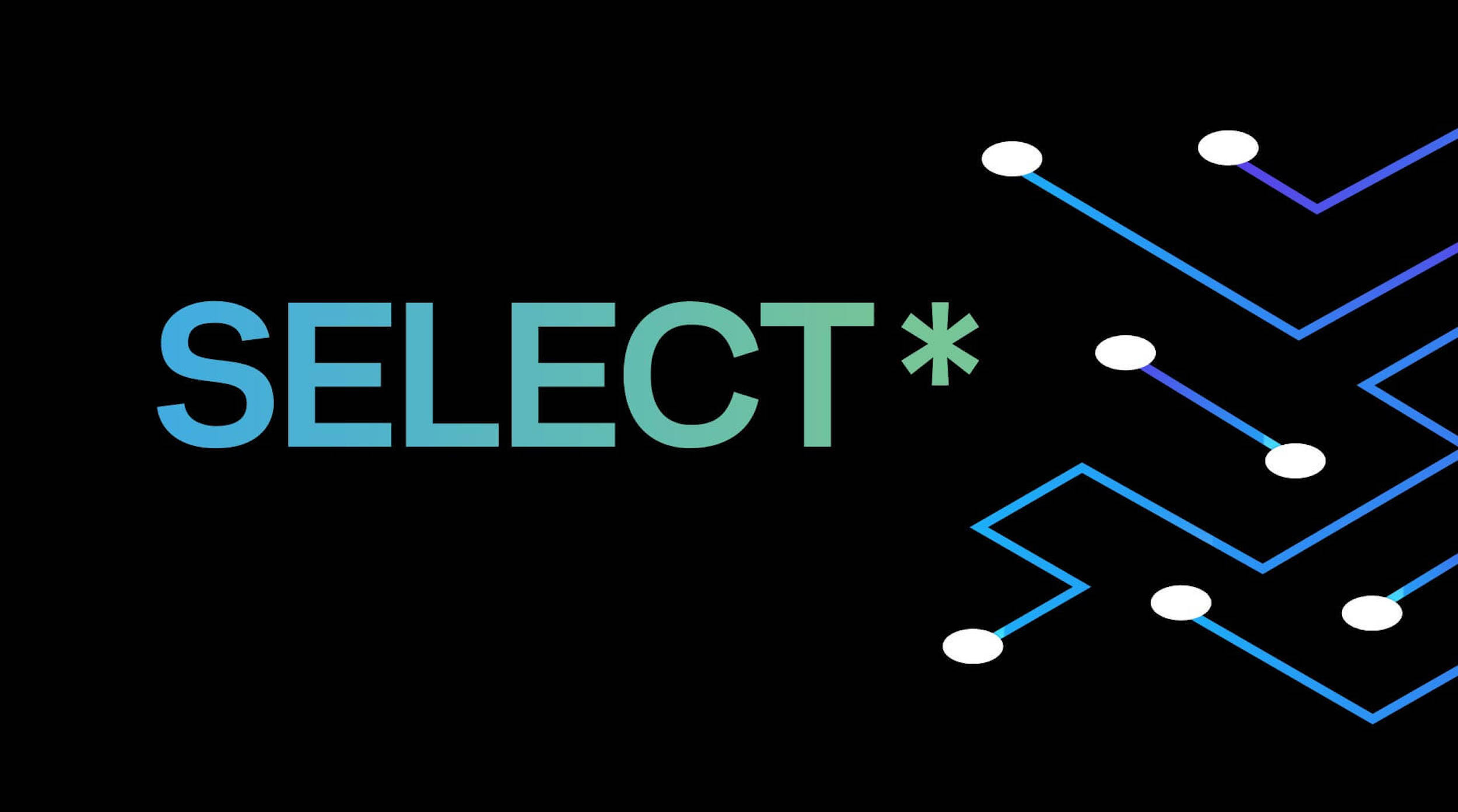For whatever reason the tech world seems to like using weather metaphors to describe various levels of computing: cloud, fog, and mist being the most common. Visibility seems to be the best way to describe these, and yet somehow, it’s still not very clear what the differences are. Then, of course, we have the Internet of Things (IoT), which is just that: things. Generic on purpose. Anything and everything can be a thing! What happens when we network those things together? We get IoT. In this blog, I’m going to attempt to provide some clarity on how the mist, fog, and cloud are intertwined with IoT and how an edge database can be used throughout.
While the industry has standardized the use of cloud to mean remote servers, it has not yet standardized fog and mist. You will commonly hear edge computing used to mean the same thing. All of these terms typically refer to devices/sensors that live on the edge of a network, which is where IoT devices reside. Data volume has rapidly increased as the proliferation of IoT devices continues. The initial reaction of the tech community was to take all of that data and send it straight to the cloud as raw data with no pre-processing or logic being executed on the data. We at HarperDB realized a long time ago that this method is not sustainable or economical. We’re advocates for a hybrid approach which utilizes all devices optimally. Let’s dig into these various approaches some more.
Straight to the Cloud
A while back, cloud providers like AWS, Microsoft, Google, etc. became the defacto standard for data processing and management. IoT was just a dream at this point. Now IoT devices are becoming easily accessible and necessary to stay competitive, but the data has to be processed somehow. Many solution providers are utilizing the trusted cloud providers to process all of this edge data. Why? Because they work and resources are already trained on these systems. However, this process is incredibly resource intensive. Large amounts of bandwidth are used to send all raw data up to the cloud, and in many cases, a result has to be returned to the device. Now we’re using upstream and downstream bandwidth just to make a decision. Data is probably stored in some sort of big data architecture consisting of one or more databases. Effectively the cloud becomes an IoT data warehouse storing all data generated. This adds up to a lot of data! 99.9% of which is probably worthless and ignored. In this case, we’re paying for cloud compute and bandwidth. Positives: it works and provides business value. Negatives: it’s expensive and relies on a constant, reliable connection.
What if instead of relying on the cloud for everything we instead shifted some of the processing to the edge? The fog or mist. This brings us to the hybrid approach or, in fitting with the title, the all-weather method. But first a quick sidebar…
Fog vs. Mist
There are some conflicting definitions out there on what exactly Fog, and Mist computing are. I’ve heard two different descriptions, and honestly, I like both. The first is that fog computing is a network of sensors on the edge sending data to a gateway or the cloud for processing, just like I described above, while mist processes data directly on the device. The second is that fog computing is large devices with compute power onboard and mist computing is dumb sensors on the edge with processing taking place externally. Frankly, both make sense to me and I’d just like to see consensus on one of them. This is probably why I refer to everything that isn’t cloud, as the edge. Back to the hybrid model…
Hybrid Data Processing
Somewhere in all this mist and fog is edge processing capability. Most of these IoT devices are smart, meaning they have a processor onboard. Some are micro-controllers which simply execute a programmed functionality. Others are microcomputers which have an operating system (OS) onboard. All of these devices are able to process data as it comes in, real-time. This means that out on the edge are tons of processors that are not being utilized to their full potential. We can unlock the true potential of parallel computing by simply using these smart IoT devices to run simple calculations on their data as it is captured in real-time. A more powerful option is to implement an edge database on these devices, enabling the ability to aggregate multiple data points over time on the device. Now, instead of sending all data to the cloud for processing, much of the data ingested is processed on the device. Utilizing the edge database for much of the work, frees up cloud processing for aggregating data across the full network of devices, truly the Internet of Things.
IoT is Everywhere
Regardless of how data is processed, IoT is here and it’s here to stay. Organizations are moving to implement IoT to streamline their business and gain greater insight into their day-to-day operations. My question is how do we do this at a reasonable cost? Here at HarperDB, we think we have the answer in the hybrid, parallel computing approach. Utilizing an edge database to process initial data capture, then synchronize useful data to the cloud. No matter what your level of visibility: cloud, fog, or mist, one thing is clear. The forecast for IoT is looking good!






.png)



.png)
